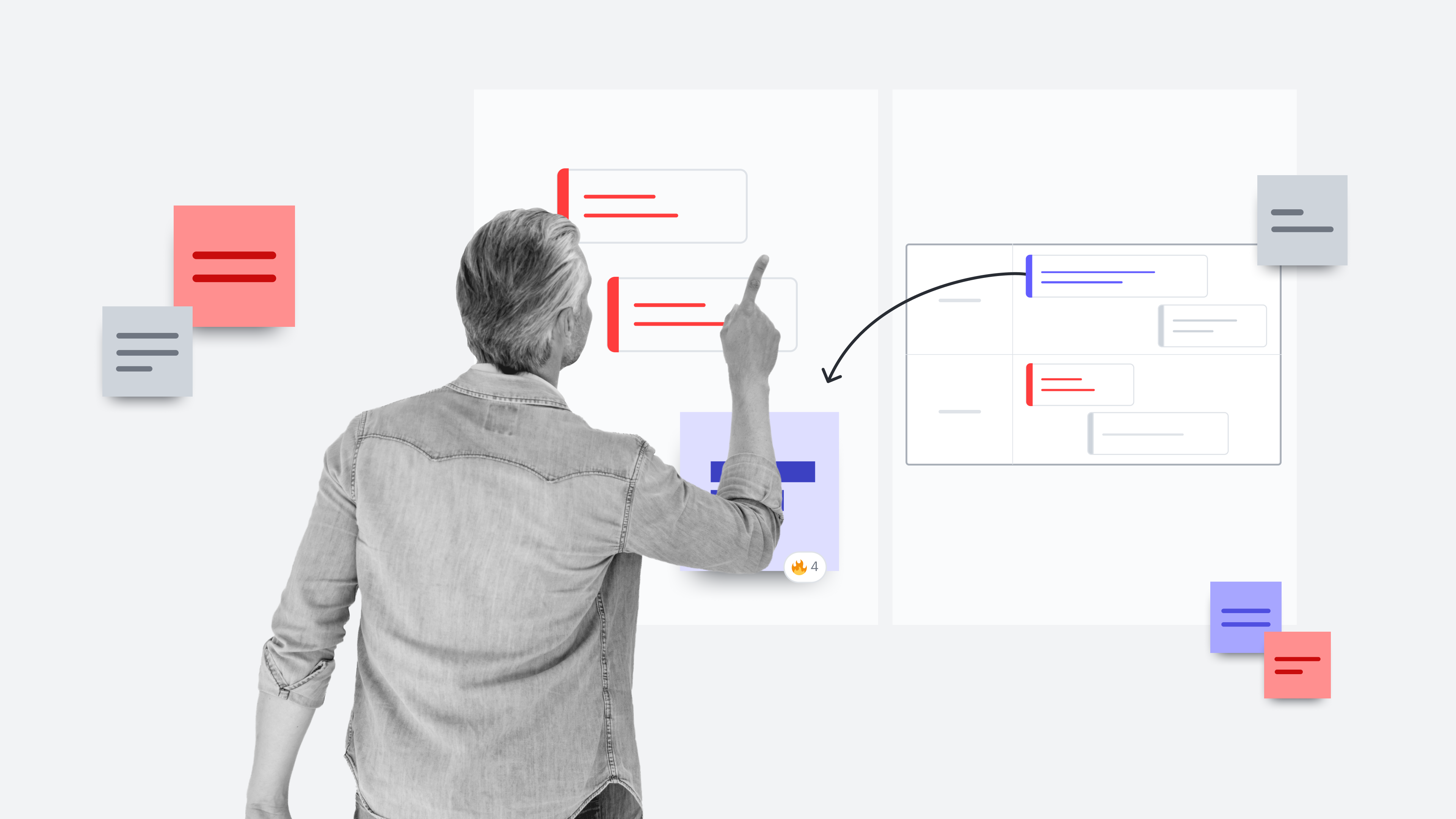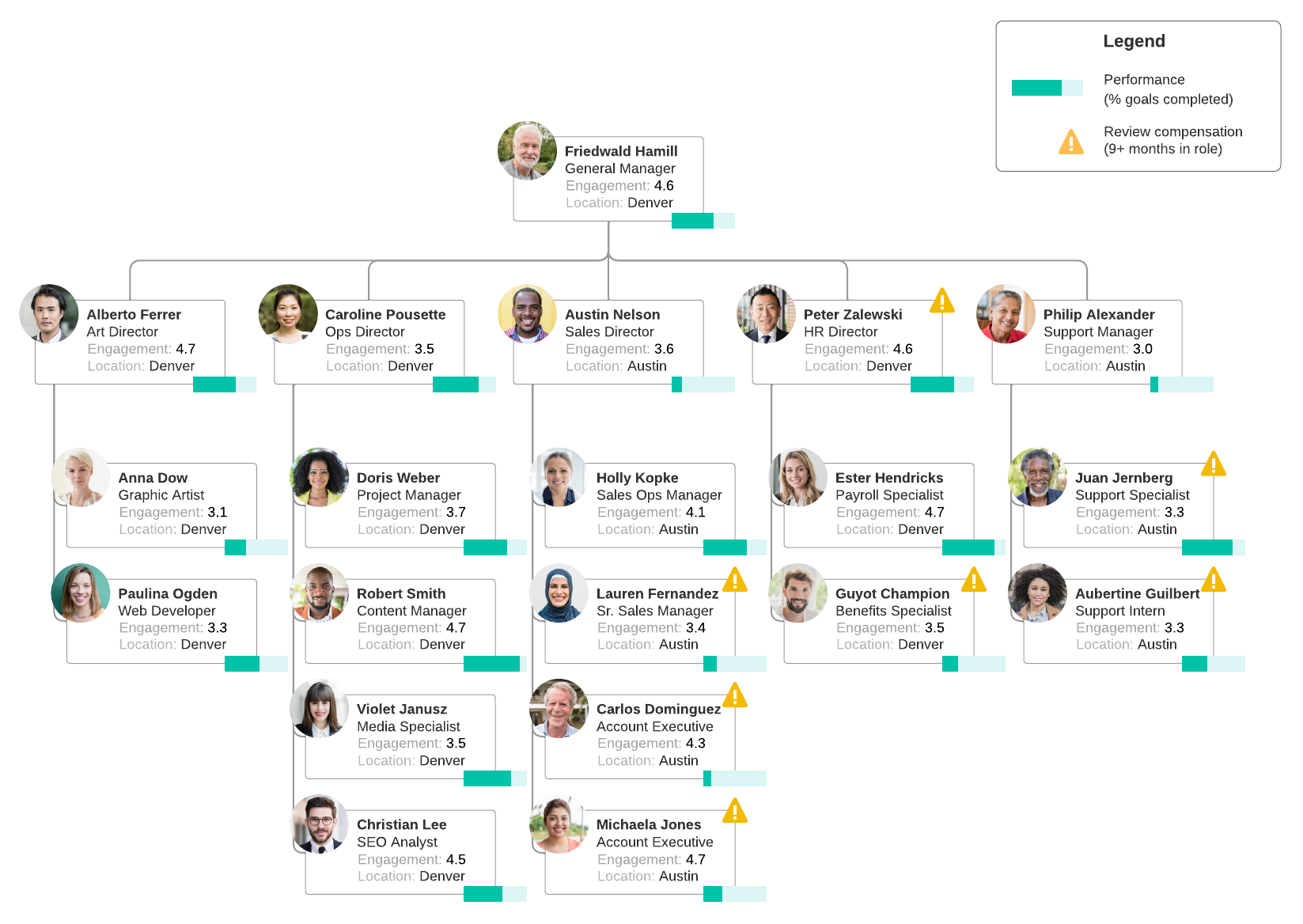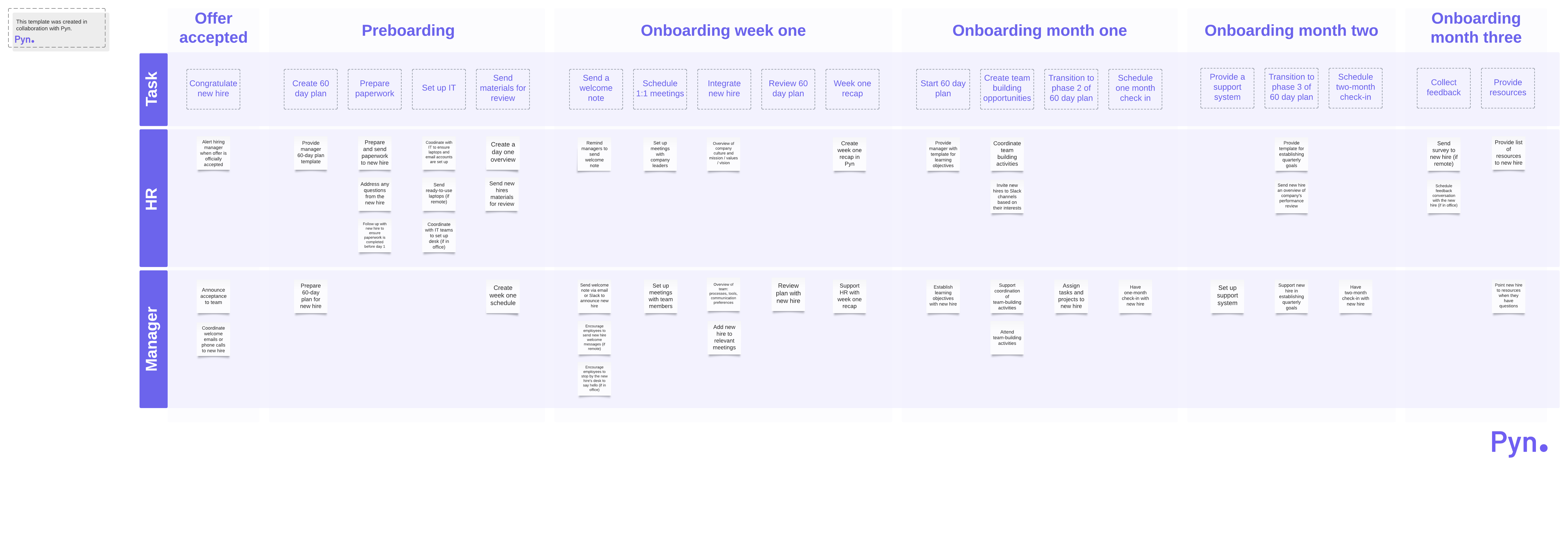
7 steps in the recruiting process: How to find the right hire
Reading time: about 6 min
Topics:
Finding, recruiting, and hiring the right people for your organization is crucial to your company’s success. The seven recruitment steps outlined in this blog post set the foundation of a well-structured process that will help streamline your recruitment efforts. Following these steps will not only lead you to find the right people for the job but will help you recruit people who align with your company’s values and culture.
The importance of defining your recruiting process
Talent recruitment is one of the most important jobs of HR professionals and can also be one of the most challenging. Wading through hundreds or thousands of applicants with similar skills can be difficult if you don’t have a well-defined recruiting process in place.
Having clear recruitment steps in place will help you streamline the process to finding the best candidates for specific positions within your company. Without a systematic approach to recruitment, you could spend too much time with people who don’t have the right skills for the job or who might not fit with your company’s culture.
For example, seeing “product manager” on a candidate’s resume doesn’t necessarily mean they are qualified for a product manager position at your company. Product management experience and roles differ depending on the industry, the type of products offered, the customer base, and other factors. A product manager with experience at a non-technical company might not be a good fit in the technology industry.
Clearly outlining the steps in your recruitment process will help you in the following areas:
-
Efficiency: A systematic approach makes the hiring process steps more efficient. This efficiency saves time and money while providing consistency throughout the process—from posting job descriptions to extending offers.
-
Attracting high-quality hires: Following a strategic recruiting process helps you to quickly filter highly qualified candidates to ensure that you hire the best fit.
-
Decision-making: Hiring managers evaluate recruits based on the same pre-defined criteria. This helps you to weigh each candidate equally without bias so you can make better hiring decisions.
-
Onboarding process: A good recruitment process should help the candidate understand their roles and responsibilities when they are hired. This understanding sets up the candidate for a smoother onboarding experience and helps them successfully transition into their new role.
The 7 steps in the recruitment process
Your recruitment process should be more than just filling a position. Your goal is to hire the right person and retain them at your company. Here are the seven steps to help get you there.
Step 1: Define your hiring needs
Take the time to understand what your company specifically needs—replace an employee who has left the company, add a new skill set to a team, fill a gap in current performance, or another reason. This will help you write a clear job posting and description.
Identify current performance, skills, and gaps within your organization using our data-driven org chart template.

Step 2: Write engaging job descriptions
When you understand what your needs are and what type of skills should be associated with the job you want to fill, it’s time to write a detailed job description that will engage high-quality candidates. Outline the position’s responsibilities, qualifications, and expectations. Consider both the technical skills required for the job and soft skills like communication, teamwork, adaptability, and leadership qualities. Include information about the impact the role will have on your company, how it aligns with your company’s culture and mission, where the job is located (on-site, remote, hybrid), and its benefits and perks.
This persona grid template can help you develop a persona of the type of person you’d like to hire. The persona can help you to understand what the candidates are looking for and where you can find them. This will help you to write a more compelling job description that specifically targets the persona.
Visualize your team's roles and responsibilities to better understand your hiring needs using the template below.

Step 3: Plan your recruitment and sourcing strategy
Now it’s time to figure out how you will advertise this job to attract the ideal candidates. If you want a diverse pool of potential candidates, consider casting a wide net using job boards, social media, employee referrals, or third-party recruiters.
To attract a specific type of candidate, you might want to tailor your approach based on the role and its specific duties. For example, if you want to fill a software development position, you might want to target specific forums like Stack Overflow, SitePoint, or CodeProject. This helps to reduce the number of applicants who don’t meet the qualifications for the job.
Step 4: Review applications and screen candidates
Once you start receiving applications, you’ll need to screen them for relevant experience, skills, and potential cultural fit. When you have a large number of applicants, sorting through them can be a daunting task. An applicant tracking system (ATS) can help you to quickly collect and sort applications based on predefined criteria. This helps you weed out applicants who aren’t qualified and identify those who have the skills and experience needed to fill the role.
Step 5: Interview and evaluate top candidates
When you’ve narrowed the applicants to those with the most potential, it’s time to start the interview process. The interview process might vary from one company to the next. Some companies screen candidates through phone calls, while others like to bring people in to talk face-to-face.
Whatever your interview process is, the idea is to learn about the candidate—you’ll want to ask about their background, relevant experience, skills, why they applied for the job, and so on. You’ll also want to ask behavioral questions to understand how they solve problems, resolve conflicts with co-workers, and communicate with others. All of this will help you to evaluate which candidate might be the best fit for the role.
Use our interviewer cheat sheet template to help you brainstorm the questions you want to ask each candidate, take notes during the interview, and evaluate the candidate after the interview based on their answers and the notes you take.

Step 6: Make an offer
After your interviews, you should have found the right candidate for the position. Extend an offer promptly so they don’t lose interest and look for opportunities elsewhere. The offer should be transparent about compensation, benefits, start date, and opportunities for growth and promotion.
If your top candidate doesn’t accept the offer, be prepared to make the offer to the second or third top candidate.
Step 7: Onboard your new hire
A smooth onboarding process will set the candidate up for success. When onboarding a new employee, you want to make sure that they have everything they need to start working.
Our onboarding checklist will help you provide a great onboarding experience for all of your new hires. Use this checklist to map out HR and management responsibilities to ensure a smooth onboarding process. This includes:
-
Setting up a workspace with necessary hardware and software
-
Granting access to email and relevant network files
-
Scheduling adequate training to get the employee up to speed
-
Providing the required paperwork and company policy documents
-
Reviewing company culture and values
-
Scheduling 1:1 and team meetings
-
Sharing any other context that they may need

Recruitment is not just about filling an open position. It’s about building collaborative teams that drive your company toward a successful future. By having a structured hiring process in place, you’ll be able to efficiently find the right people that align with corporate goals, values, culture, and company mission.

Visualize your entire recruitment process from start to finish with our free customizable template.
Open templateAbout Lucidspark
Lucidspark, a cloud-based virtual whiteboard, is a core component of Lucid Software's Visual Collaboration Suite. This cutting-edge digital canvas brings teams together to brainstorm, collaborate, and consolidate collective thinking into actionable next steps—all in real time. Lucid is proud to serve top businesses around the world, including customers such as Google, GE, and NBC Universal, and 99% of the Fortune 500. Lucid partners with industry leaders, including Google, Atlassian, and Microsoft. Since its founding, Lucid has received numerous awards for its products, business, and workplace culture. For more information, visit lucidspark.com.
Related articles
How to manage virtual teams
Learn about the benefits and challenges of managing virtual teams, including tips for overcoming them (+ free templates)!
The benefits and downsides of team performance models
Here are some examples of team effectiveness models—as well as pros and cons for each—so you can select the right one for your team.
5 benefits of collaboration tools in the workplace
In this blog post, you will discover why finding new and effective ways to collaborate is more important than ever before.
